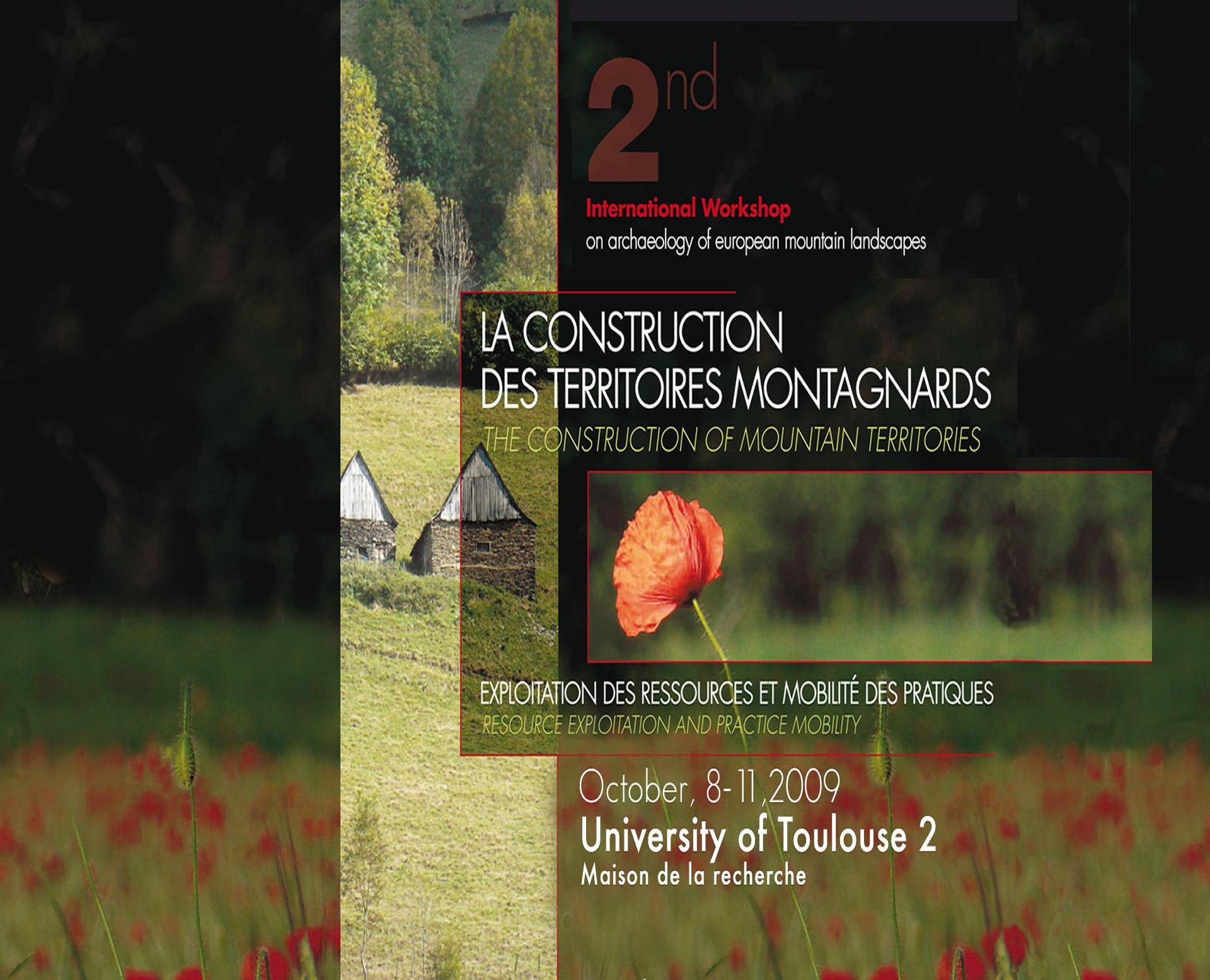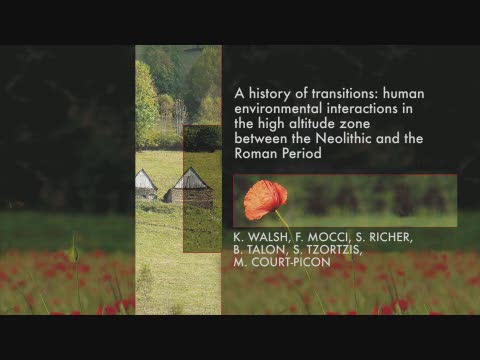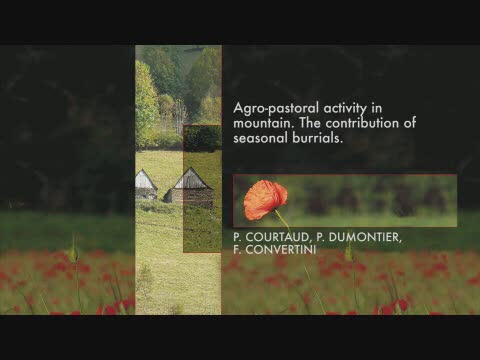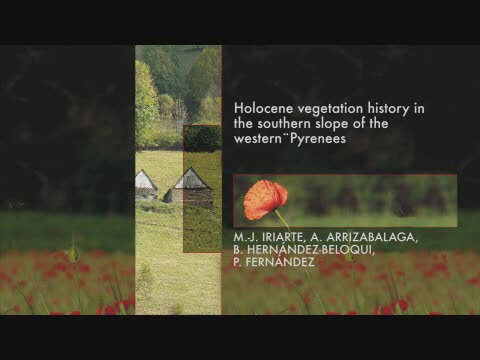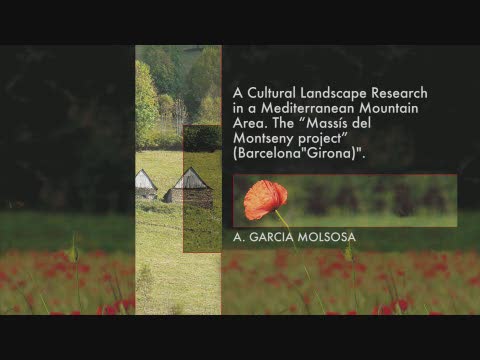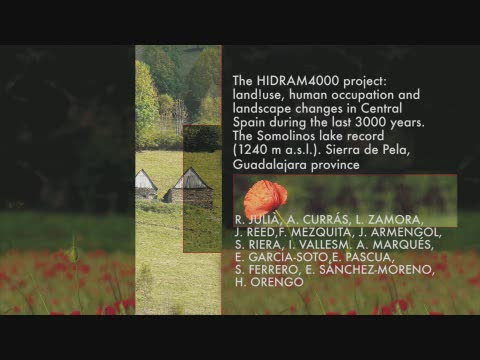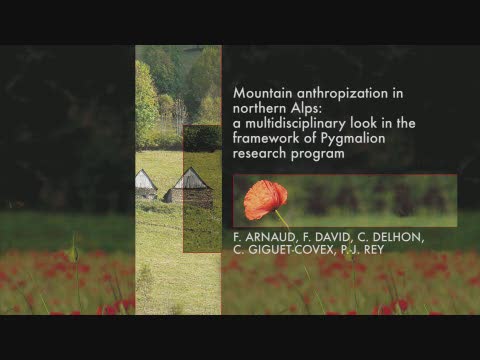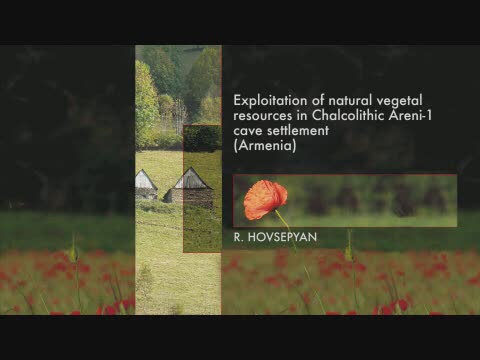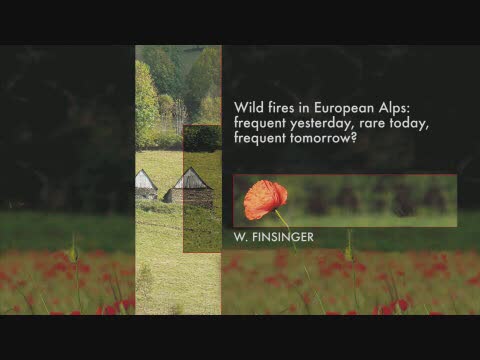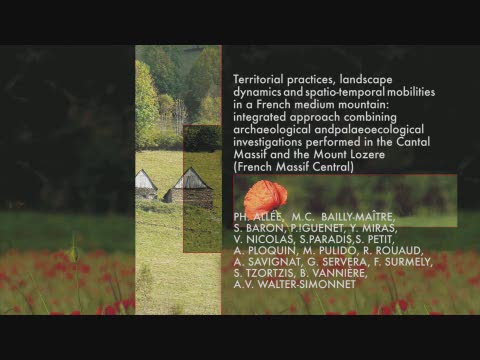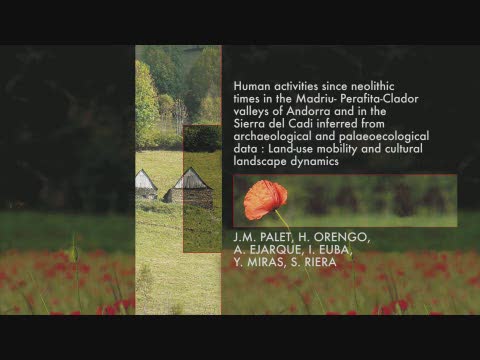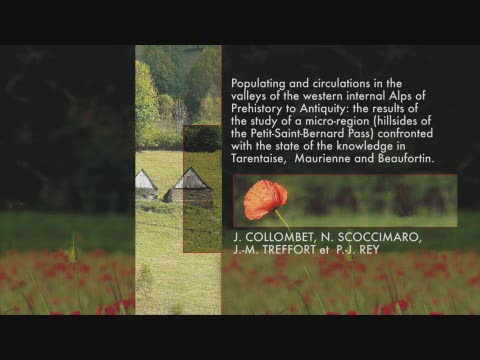Notice
Prehistory of the Southern Appalachian uplands of Tennessee / Jay Franklin
- document 1 document 2 document 3
- niveau 1 niveau 2 niveau 3
Descriptif
Prehistory of the Southern Appalachian uplands of Tennessee. Jay FRANKLIN. In "La construction des territoires montagnards : exploitation des ressources et mobilité des pratiques", 2e International Workshop on archaeology of european mountain landscape, organisé par les laboratoires GEODE, FRAMESPA, GEOLAB et Chrono-Environnement. Université Toulouse 2-Le Mirail, 8-11 octobre 2009. [seconde journée]
Upland and highland regions are often characterized as marginal zones occupied by peoples more out of necessity than preference. This characterization has its origins not in the archaeological record but rather in folk assumptions that are largely untested. I discuss 13 years of archaeological investigations in the Southern Appalachian uplands of Tennessee, USA, with particular focus on the Upper Cumberland Plateau. This research indicates that upland zones were not marginal zones at all, but rather vibrant regions with unique and complex cultural adaptations and historical trajectories. The Upper Cumberland Plateau landscape is dominated by rock shelters and caves. These geologic features are often thought of by scholars as special purpose site locations. However, my research indicates that rock shelter and caves in this region were used for many purposes by prehistoric peoples, including intensive and long term habitation. I demonstrate that rock shelters and caves on the Upper Cumberland Plateau were as much a part of the cultural landscape as the natural landscape. In fact, the two are intertwined. Traditional thinking suggests that these upland regions served as resource exploitation zones by peoples living in lowland areas, e. g. river valleys, during certain times of the year. However, my work strongly suggests that this is not the case. Certainly by at least 5000 years ago, the Upper Cumberland Plateau was occupied year-round by prehistoric peoples. This fact has important implications for traditional mobility pattern models suggesting movement between lowlands and uplands. My research suggests mobility patterns within the uplands themselves by peoples who lived here year round.
Dans la même collection
-
La construction des territoires montagnards : exploitation des ressources et mobilité des pratiques…
GalopDidierThe occupation and the exploitation of mountain environments, both during conquest and maximum demographic phases, or on the contrary, during desertification phases, differ in geographical
-
Human environmental interactions in high altitude zone between Neolithic and roman period / K. Walsh
WalshKevinA History of Transitions : human environmental interactions in the high altitude zone between Neolithic and roman period. Kevin WALSH. In "La construction des territoires montagnards : exploitation
-
L'agro-pastoralisme en milieu montagnard : l'apport des sépultures saisonnières / Patrice Courtaud
CourtaudPatriceL'agro-pastoralisme en milieu montagnard : l'apport des sépultures saisonnières. Patrice COURTAUD. In "La construction des territoires montagnards : exploitation des ressources et mobilité des
-
L'évolution végétale holocène sur le versant sud des Pyrénées occidentales / Maria-José Iriarte
IriarteMaría JoséL'évolution végétale holocène sur le versant sud des Pyrénées occidentales. Maria José IRIARTE. In "La construction des territoires montagnards : exploitation des ressources et mobilité des pratiques"
-
A cultural landscape research in a mediterranean mountain (Barcelona-Girona) / A. Garcia Molsosa
Garcia MolsosaArnauA cultural landscape research in a mediterranean mountain area : the "Massis del Montseny project" (Barcelona-Girona) / A. GARCIA MOLSOSA. In "La construction des territoires montagnards :
-
The Hidram4000 project : land use, human occupation and lanscape changes in Spain / A. Curras
Currás DominguezAndresThe Hidram4000 project : land use, human occupation and lanscape changes in Spain during the last 3000 years. The Somolinos lake record (1240 M A.S.L.) : Siera de Pela, Guadalajara Province. Andres
-
Mountain anthropization in Alps : a multidisciplinary look in the Pygmalion program / F. Arnaud
ArnaudFabienMountain anthropization in Alps : a multidisciplinary look in the framework of Pygmalion research program. Fabien ARNAUD. In "La construction des territoires montagnards : exploitation des ressources
-
Exploitation of natural vegetal resources in chalcolithic areni-1 cave (Armenia) / R. Hovsepyan
HovsepyanRomanExploitation of natural vegetal resources in chalcolithic areni-1 cave settlement (Armenia). Roman HOVSEPYAN ovsepyan, Roman. In "La construction des territoires montagnards : exploitation des
-
Wildfires in european alps : frequent yesterday, rare today, frequent tomorrow ? / W. Finsinger
FinsingerWalterWildfires in european alps : frequent yesterday, rare today, frequent tomorrow ?. Walter Finsinger. In "La construction des territoires montagnards : exploitation des ressources et mobilité des
-
Territorial practices, landscape dynamics and mobilities in a french mountain / P. Allée, Y. MIras
AlléePhilippeMirasYannickTerritorial practices, landscape dynamics and spatio-temporal mobilities in a french medium mountain : integrated approach combining archaeological and paleoecological inverstigations performed in the
-
Exploitation des vallées andorranes depuis le Néolithique/ J.-M. Palet Martinez, H. Orengo Romeu
Palet i MartínezJosep M.Orengo RomeuHèctor A.L'exploitation des ressources des vallées andorranes du Madriu-Perafita-Claror et de la chaîne du Cadi (Pyrénées orientales) depuis le Néolithique à partir des données archéologiques et
-
Populating and circulations in the valleys of the western alps of prehistory to antiquity/ PJ. Rey
ReyPierre-JérômePopulating and circulations in the valleys of the western internal alps of prehistory to antiquity : the results of the study of a micro-région (Hillsides of the Petit-Saint-Bernard pass) confronted

